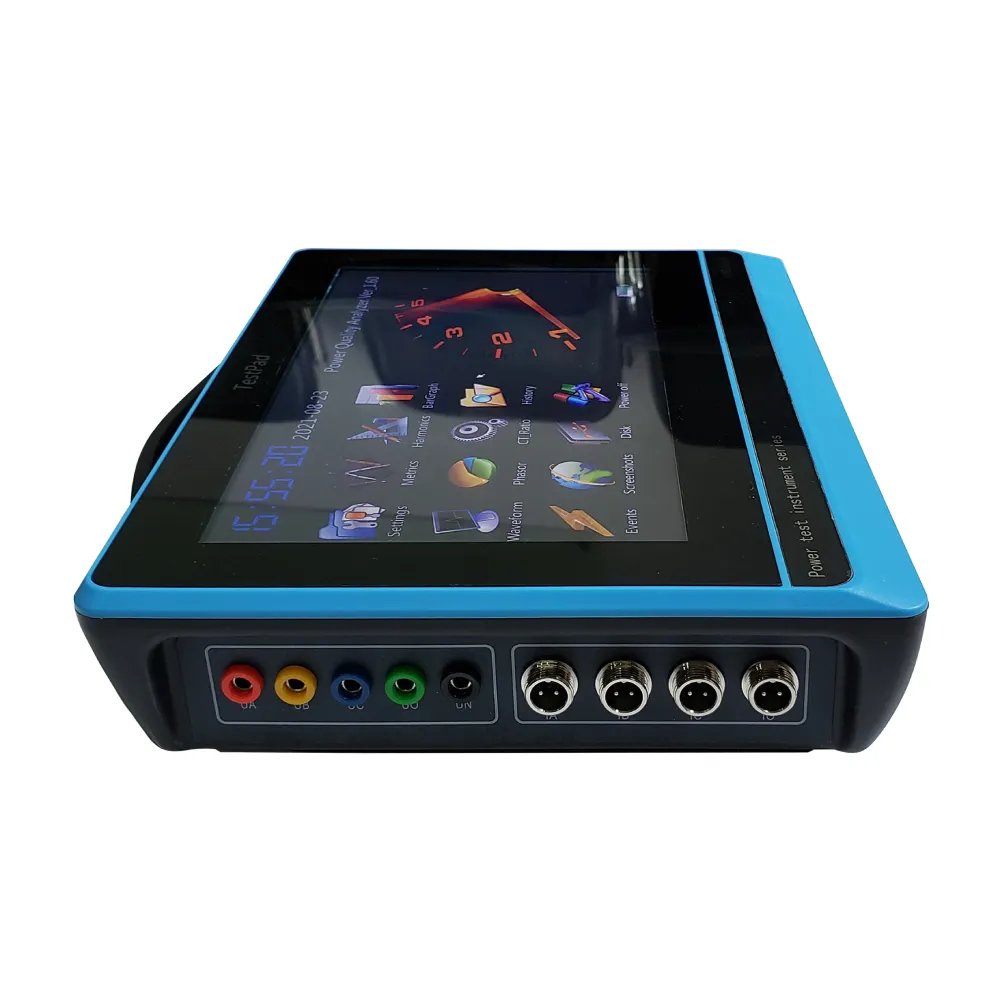 English
English



-
 Afrikaans
Afrikaans -
 Albanian
Albanian -
 Amharic
Amharic -
 Arabic
Arabic -
 Armenian
Armenian -
 Azerbaijani
Azerbaijani -
 Basque
Basque -
 Belarusian
Belarusian -
 Bengali
Bengali -
 Bosnian
Bosnian -
 Bulgarian
Bulgarian -
 Catalan
Catalan -
 Cebuano
Cebuano -
 China
China -
 China (Taiwan)
China (Taiwan) -
 Corsican
Corsican -
 Croatian
Croatian -
 Czech
Czech -
 Danish
Danish -
 Dutch
Dutch -
 English
English -
 Esperanto
Esperanto -
 Estonian
Estonian -
 Finnish
Finnish -
 French
French -
 Frisian
Frisian -
 Galician
Galician -
 Georgian
Georgian -
 German
German -
 Greek
Greek -
 Gujarati
Gujarati -
 Haitian Creole
Haitian Creole -
 hausa
hausa -
 hawaiian
hawaiian -
 Hebrew
Hebrew -
 Hindi
Hindi -
 Miao
Miao -
 Hungarian
Hungarian -
 Icelandic
Icelandic -
 igbo
igbo -
 Indonesian
Indonesian -
 irish
irish -
 Italian
Italian -
 Japanese
Japanese -
 Javanese
Javanese -
 Kannada
Kannada -
 kazakh
kazakh -
 Khmer
Khmer -
 Rwandese
Rwandese -
 Korean
Korean -
 Kurdish
Kurdish -
 Kyrgyz
Kyrgyz -
 Lao
Lao -
 Latin
Latin -
 Latvian
Latvian -
 Lithuanian
Lithuanian -
 Luxembourgish
Luxembourgish -
 Macedonian
Macedonian -
 Malgashi
Malgashi -
 Malay
Malay -
 Malayalam
Malayalam -
 Maltese
Maltese -
 Maori
Maori -
 Marathi
Marathi -
 Mongolian
Mongolian -
 Myanmar
Myanmar -
 Nepali
Nepali -
 Norwegian
Norwegian -
 Norwegian
Norwegian -
 Occitan
Occitan -
 Pashto
Pashto -
 Persian
Persian -
 Polish
Polish -
 Portuguese
Portuguese -
 Punjabi
Punjabi -
 Romanian
Romanian -
 Russian
Russian -
 Samoan
Samoan -
 Scottish Gaelic
Scottish Gaelic -
 Serbian
Serbian -
 Sesotho
Sesotho -
 Shona
Shona -
 Sindhi
Sindhi -
 Sinhala
Sinhala -
 Slovak
Slovak -
 Slovenian
Slovenian -
 Somali
Somali -
 Spanish
Spanish -
 Sundanese
Sundanese -
 Swahili
Swahili -
 Swedish
Swedish -
 Tagalog
Tagalog -
 Tajik
Tajik -
 Tamil
Tamil -
 Tatar
Tatar -
 Telugu
Telugu -
 Thai
Thai -
 Turkish
Turkish -
 Turkmen
Turkmen -
 Ukrainian
Ukrainian -
 Urdu
Urdu -
 Uighur
Uighur -
 Uzbek
Uzbek -
 Vietnamese
Vietnamese -
 Welsh
Welsh -
 Bantu
Bantu -
 Yiddish
Yiddish -
 Yoruba
Yoruba -
 Zulu
Zulu
dielectric constant meter
Understanding Dielectric Constant Meters
Dielectric constant meters are essential tools used to measure the dielectric constant, or relative permittivity, of materials. This property indicates how much electric energy a material can store in an electric field. It's crucial for various applications in fields such as materials science, electronics, and engineering. Understanding the dielectric constant helps engineers and scientists evaluate insulating materials, assess the quality of components in electronic devices, and develop new materials with specific properties.
The dielectric constant (ε) is a dimensionless number representing the ratio of the permittivity of a substance to the permittivity of free space. A higher dielectric constant indicates that a material can store more electric energy compared to one with a lower constant. For instance, water has a high dielectric constant, while air has a low one. This difference plays a vital role in determining how materials behave in the presence of electric fields.
Dielectric constant meters operate based on various principles, often utilizing capacitance measurements. When a material is placed between the plates of a capacitor, the dielectric constant can be determined by measuring the capacitance change. The basic formula used is
\[ C = \frac{εA}{d} \]
where C is the capacitance, ε is the dielectric constant, A is the area of the capacitor plates, and d is the separation between them. By rearranging this equation and inserting measured capacitance values, the dielectric constant of the sample can be calculated.
dielectric constant meter

Different types of dielectric constant meters are available, including contact and non-contact methods. Contact meters are direct measuring devices that require the sample to physically interact with the sensor. These are typically used for solids and liquids. Non-contact methods, on the other hand, involve techniques such as electromagnetic wave propagation, making them suitable for measuring heterogeneous materials or those that cannot be easily accessed.
One of the significant advantages of dielectric constant meters is their versatility. They can be used across different phases of matter solids, liquids, and even gases. This adaptability makes them invaluable in research and industry. For example, in the manufacturing of electronic components, knowing the dielectric constant of substrates helps ensure that capacitors and insulators meet necessary performance standards. In agriculture, dielectric constant meters can be used to assess soil moisture levels, which is critical for irrigation management.
Moreover, advancements in technology have led to the development of portable dielectric constant meters, allowing field measurements and increasing the practicality of these devices. Modern meters often feature digital displays, data logging capabilities, and connectivity options such as Bluetooth, enhancing usability and data integration into larger systems.
The importance of dielectric constant meters extends beyond immediate applications; they are vital for ongoing research and development. As industries move towards innovative materials to meet the demands of modern technology—such as high-frequency applications in telecommunication and miniaturized devices—the ability to accurately measure the dielectric properties of new materials becomes more critical.
In summary, dielectric constant meters are indispensable tools for understanding the electrodynamic properties of materials. Their ability to provide insights into how materials behave under electric fields facilitates advancements in technology, research, and various practical applications. As these devices evolve, their role in shaping materials science and engineering will continue to expand, paving the way for innovative solutions in multiple fields.
-
Testing Equipment Industry Sees Major Advancements in 2025: Smart & Precision Technologies Lead the WayNewsJun.06,2025
-
Applications of Direct Current Generators in Renewable Energy SystemsNewsJun.05,2025
-
Hipot Tester Calibration and Accuracy GuidelinesNewsJun.05,2025
-
Digital Circuit Breaker Analyzer Features and BenefitsNewsJun.05,2025
-
Benefits of Real-Time Power Quality Monitoring Devices for Industrial EfficiencyNewsJun.05,2025
-
Earth Fault Loop Testing in High-Rise Building Electrical SystemsNewsJun.05,2025



